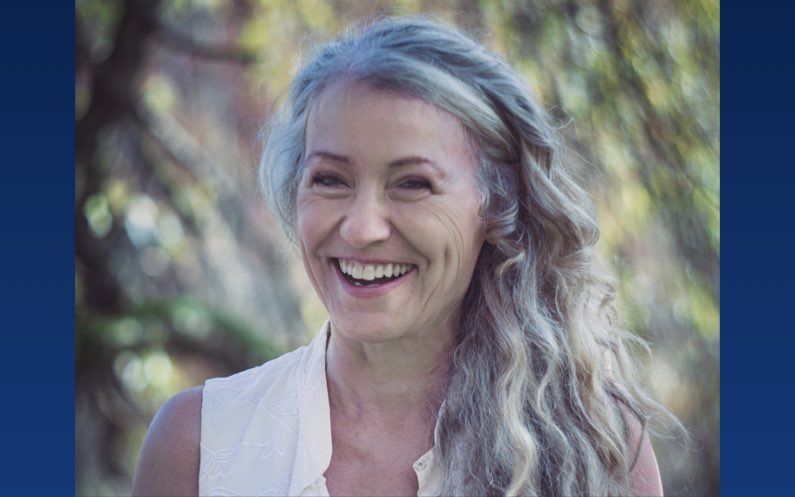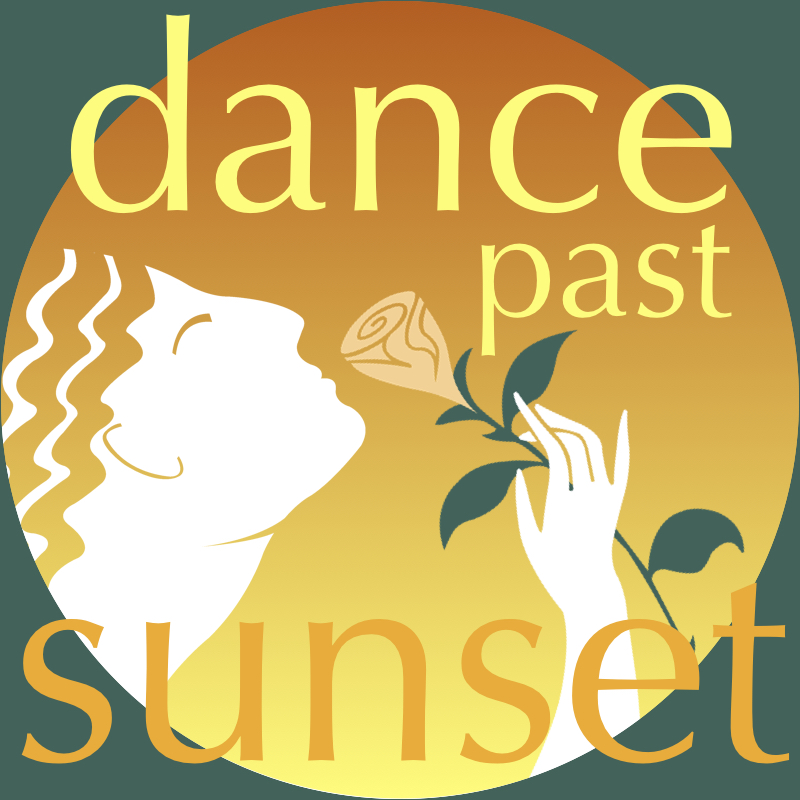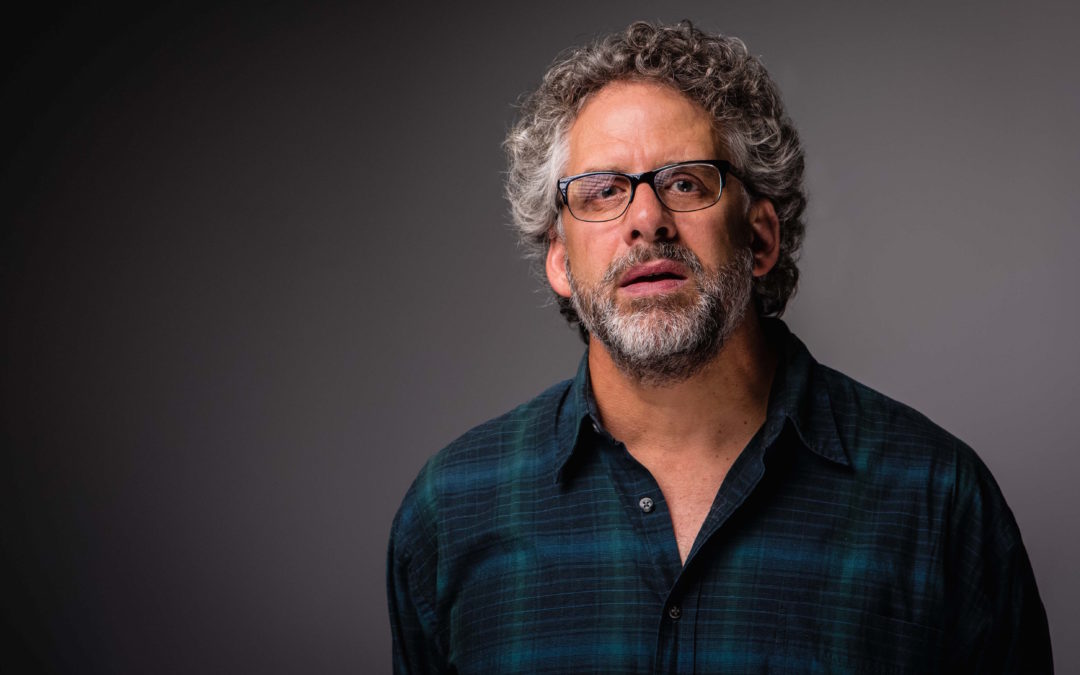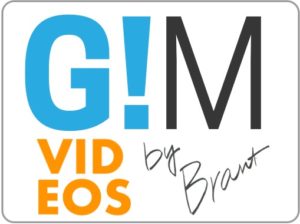Show Overview
My kids will tell you I cry when my heart is moved by something…a poem, a story or a piece of music, heck…even a television commercial can bring on the tears. It’s something I’ve accepted about myself and don’t deny.
But that something has to be truly exquisite, poignant or deeply beautiful, something that reaches into the broken puzzle I call my heart and brings forth a salient emotion.
FaceAge had that effect on me. This award winning video program weaves together interconnected chapters in which young adults and aging individuals reflect on life while studying and describing one another’s faces. The FaceAge experience meets audiences through an immersive three-screen video environment presenting interconnected video chapters built around these cross-generational encounters.
I had the opportunity to experience FaceAge in Washington DC earlier this year, and after wiping my eyes and blowing my nose, I just had to meet the person behind this ground-breaking work of art and science. That’s when I met Andrew Belser, who is presently a professor of Movement, Voice, and Acting at Penn State University, as well as Penn’s Director of the Arts & Design Research Incubator, a studio/laboratory where artists and designers join with scientists, writers, philosophers and others to research and create artistic projects for national and international venues.
If you long to see the gaps between people bridged, as I do, then you will want to learn more about FaceAge, which helps us see ourselves “through the lens of old age,” as Andrew puts it. FaceAge is more than just about intergenerational connection…it is about human healing, and there is nothing more deeply beautiful than that.
What you will learn in this show about FaceAge:
- What FaceAge is, and how to experience it
- About the six “chapters” of FaceAge: Assumptions, Mask & Deceptions, Memory, Mortality, What the Face Holds, Being Seen
- How age can cause one to become more, or less, visible in different cultures
- John Prine’s song “Hello in There”
- How the “lens of aging” helps to melt other kinds of differences, like between the races or genders
- What the film Crash taught us
- Relationship insights from Alain de Botton
- How the human nervous system is the most complicated thing in the universe
- Why we cannot be put in discreet boxes. We are complicated!
- What does it really mean to be “old” anyway?
Bring FaceAge to Your City!
To learn more about how to bring FaceAge to your city, and the associated opportunities for intergenerational training, please contact Greg Wolf at gregorywolfwmg [at] gmail [dot] com
Share the Love!
Your quick review on iTunes would help me a lot. It’s as easy as ABC! Just…
A) Look for the gold “Review Brant’s Show on iTunes” button below. Click there.
B) Then (in iTunes) click on “View in iTunes.” It’s the blue button under the iTunes logo. That will open iTunes. Finally;
C) Look for the “Ratings and Reviews” tab. Click there and work your magic!
Presto and grazie!

Other Shows About Intergenerational Issues

“Sacred Sex in the Second Half” with Wendy Cobina DeMos
I talk with Boomer Wendy Cobina Demos, founder of the Sacred Sexual Music Festival and JuicyYouJuicyMe about sex, dating and relationships in the second half of life.


